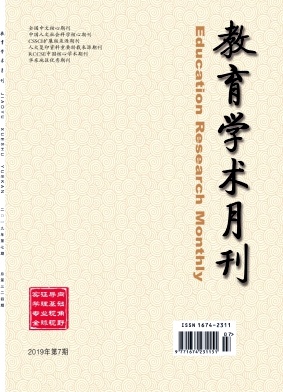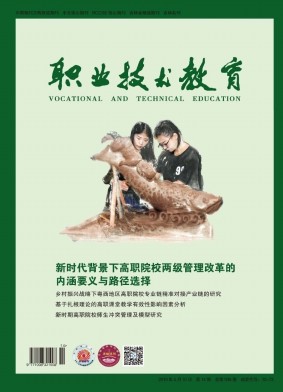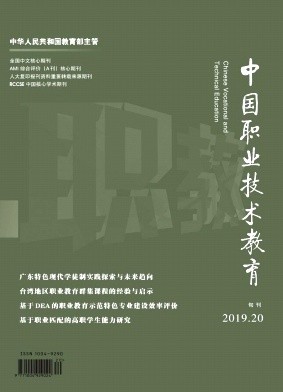摘要 目的探讨寰枢前脱位枕颈融合术患者O-EA角与下颈椎曲度的关系及其对下颈椎曲度的影响。方法回顾分析2010年4月—2018年7月收治且符合选择标准的61例合并寰枢前脱位行枕颈融合术患者临床资料。男32例,女29例;年龄14~76岁,平均50.7岁。固定节段:C0~C2 19例,C0~C3 27例,C0~C4 14例,C0~C5 1例。术前及末次随访时测量O-EA角、C2~7 Cobb角和T1倾斜角;根据末次随访时所测O-EA角,将患者分为<95°组(A组)、95°~105°组(B组)、>105°组(C组),比较各组患者性别、年龄、固定节段(在C3及以上为短节段,C3以远为长节段)和C2~7 Cobb角。对术前、末次随访时O-EA角和C2~7 Cobb角之间,以及二者手术前后的变化值进行相关性分析。结果 61例患者术后均获随访,随访时间12~24个月,平均22.4个月。患者术前及末次随访时O-EA角、C2~7 Cobb角和T1倾斜角比较差异均无统计学意义(P>0.05)。根据末次随访时O-EA角分组,A组14例、B组29例、C组18例。3组患者年龄、性别构成、固定节段构成比较差异均无统计学意义(P>0.05);3组间C2~7 Cobb角比较差异均有统计学意义(P<0.05),A、B、C组呈逐渐增加趋势。术前、末次随访时O-EA角与C2~7 Cobb角均成正相关(r=0.572,P=0.000;r=0.618,P=0.000);末次随访时O-EA角变化与C2~7 Cobb角变化亦成正相关(r=0.446,P=0.000)。结论合并寰枢前脱位患者的O-EA角与C2~7 Cobb角成正相关,行枕颈固定术中应避免O-EA角过大,否则可能加速下颈椎退变。 Objective To investigate the relationship between O-EA angle and lower cervical curvature in patients with anterior atlantoaxial dislocation undergoing occipitocervical fusion, and to analyze the effect of O-EA angle on lower cervical curvature. Methods The clinical data of 61 patients with anterior atlantoaxial dislocation undergoing occipitocervical fusion who were admitted between April 2010 and July 2018 and met the selection criteria were retrospectively analyzed. There were 32 males and 29 females, with an age of 14-76 years(mean, 50.7 years). The fixed segment included 19 cases of C0-C2, 27 cases of C0-C3, 14 cases of C0-C4, and 1 case of C0-C5. The O-EA angle, C2-7 Cobb angle, and T1 tilt angle were measured before operation and at last follow-up. According to the O-EA angle measured at last follow-up, the patients were divided into <95° group(group A), 95°-105° group(group B), and >105° group(group C),and compared the differences of gender, age, fixed segment(short segment was at C3 and above, long segment was beyond C3), and C2-7 Cobb angle. Correlation analysis between the O-EA angle and C2-7 Cobb angle before operation and at last follow-up, as well as the changes of O-EA angle and C2-7 Cobb angle between before operation and at last follow-up were analyzed. Results All 61 patients were followed up 12-24 months, with an average of 22.4 months. There was no significant difference in O-EA angle, C2-7 Cobb angle, and T1 tilt angle before operation and at last follow-up(P>0.05).According to the last follow-up O-EA angle grouping, there were 14 cases in group A, 29 cases in group B, and 18 cases in group C. There was no significant difference in age, gender composition, and fixed segment composition among the three groups(P>0.05);the differences in C2-7 Cobb angles among the three groups were significant(P<0.05), groups A, B, and C showed a gradually increasing trend. The O-EA angle was positively correlated with C2-7 Cobb angle before operation and at last follow-up(r=0.572, P=0.000;r=0.618, P=0.000);
机构地区 四川大学华西医院骨科 遵义医科大学第二附属医院骨科
出处 《中国修复重建外科杂志》 CAS CSCD 北大核心 2021年第4期453-457,共5页 Chinese Journal of Reparative and Reconstructive Surgery
关键词 枕颈融合术 O-EA角 下颈椎曲度 寰枢前脱位 Occipitocervical fusion O-EA angle lower cervical curvature anterior atlantoaxial dislocation
分类号 R68 [医药卫生—骨科学]




